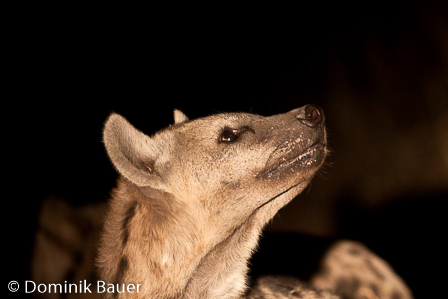Research
History and Milestones
Lions and The Trans Kalahari Predator Programme
History and Milestones
Area of Operation
Lion Ecology
Monitoring Populations
Transboundary and Landscape Conservation
Human-Lion Coexistence
Research Methods
The Team
Sponsors & How to Support Us
References
Since 1999, Dr Andrew Loveridge and the Hwange Lion Research team have been researching general lion ecology, predator-prey interactions and monitoring the long term demographics and population trends of lions and their prey in a 5000 km2 study area in the North and North-East of Hwange National Park, Zimbabwe, providing critical information for effective long term conservation of the species. Population monitoring is achieved in a number of ways. Firstly, the project uses GPS satellite collars to tag and follow individual lions in and around Hwange National Park over extended time periods. This allows us to accurately calculate measures of survivorship as well as study detailed aspects of their behaviour. In more recent years, we have further started monitoring prides and individual lions in Zambezi National Park and the Victoria Falls area in the northern part of the country. Secondly, detailed observation of pride structure, births and deaths give us a detailed picture of population dynamics. Over the past 17 years, 46 prides and 43 males or male coalitions have been monitored in Hwange and we have built up an extensive ID database for lions in the park which includes over 1030 individually identified animals. Our third monitoring protocol involves predator surveys in the wider KAZA TFCA using spoor and camera trap methods, which enables us to monitor population densities, demographics and trends in the region. We have surveyed Hwange National Park and surrounding areas extensively since 1999 and expanded our survey efforts to Mana Pools, Matusadona, Chizarira and Zambezi National Park and Chirisa and Matetsi Safari Areas over the past years.
Recognizing the transboundary nature of the KAZA core lion population the project was expanded into neighbouring Botswana in 2013 and renamed The Trans-Kalahari Predator Programme. Within Botswana the movement of 22 individuals has been monitored in detail and we have conducted extensive carnivore surveys in the North-East of the country, including detailed camera trap surveys in the western Okavango Delta and Makgadikgadi National Park. We are investigating implications for wild lion populations as landscapes become increasingly dominated by human activity, for which we compare movement, activity patterns and energy expenditure under different land use scenarios, quantify how, when and to what extent lions select to leave protected areas and identify what impact changing resources have on human-wildlife interactions.










